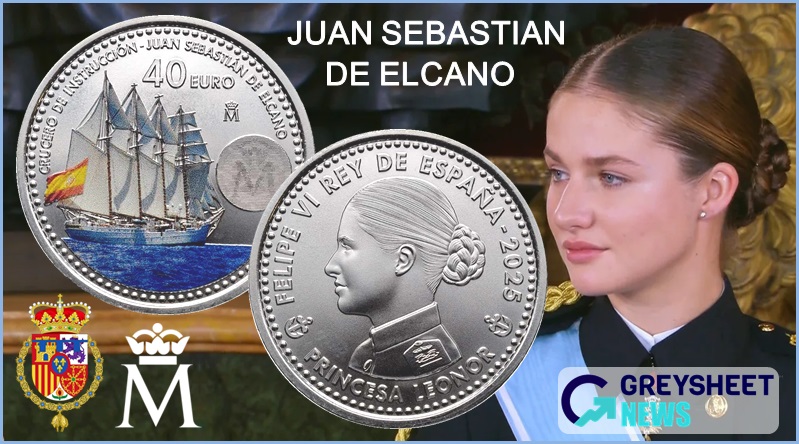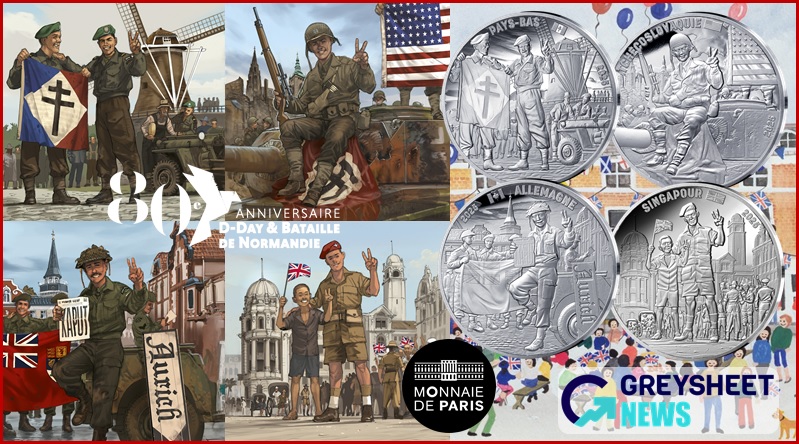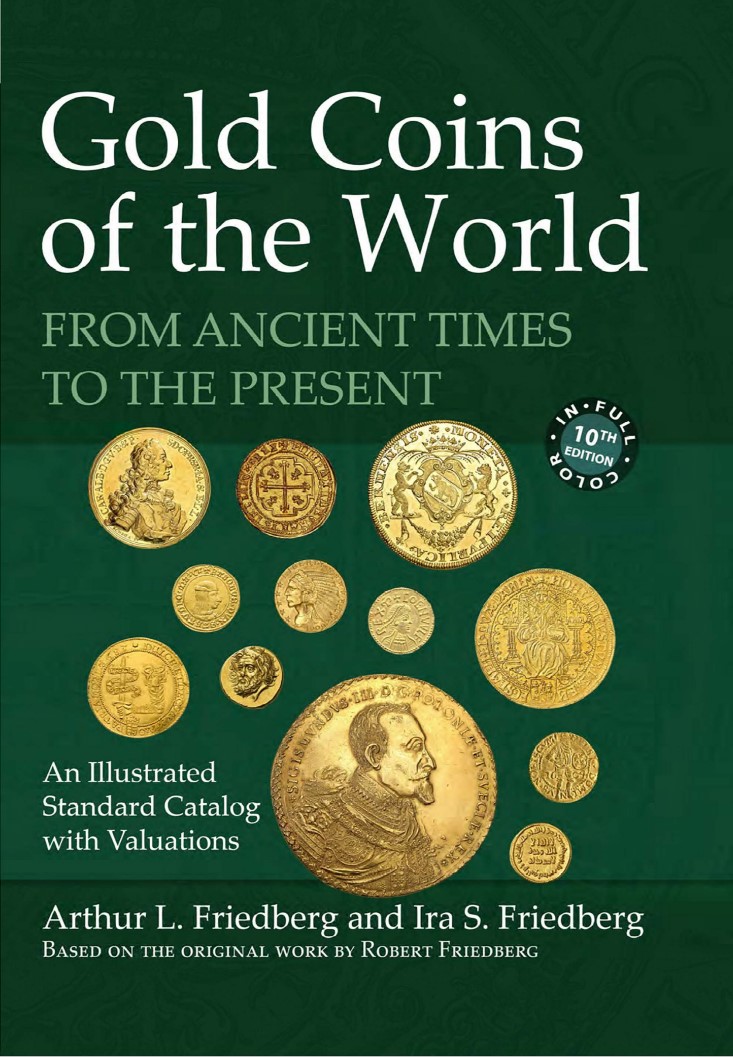Last Gold Coin In Award-winning Magic Of Gold Series Concludes With Myths Of Ancient China
The Austrian Mint release the sixth and final design in their artistic series entitled the Magic of Gold.
The series focuses on the history of the exquisite gold artwork seen all over the world and highlighted regions and cultures such as the Mesopotamia, ancient Egypt, the Incas, the Scythians, India and closes with a visit to China.
Chinese culture has always been fascinated by dragons and the same can be said of the most precious of precious metals. The earliest gold-decorated artefacts date back to the Shang dynasty (circa 1500 to 1050 BC). During the Tang period (618 to 907 AD), trade flourished via the Silk Road and gold was omnipresent, both in art and trade. The emperors of the Qing dynasty (1644 to 1911 AD) decorated the imperial palace in present-day Beijing with valuable golden objects such as golden celestial globes, gold-plated measuring instruments for stargazing and mechanical golden clocks.
Symbolising a brilliant destiny more than anything else, gold stood for both worldly and spiritual wealth in ancient China, and was evident with the country’s golden Buddha statues and gilded pagodas. Sometimes made of gold, the dragon is the Chinese mythical creature often depicted as a symbol of great power and esteem. In its five-clawed form, the dragon stood alone for the power and responsibility of the emperors who, to ensure a bountiful harvest, enlisted the help of this amazing creature. It is no wonder that the five-clawed dragon was depicted on both silver and gold coinage in China during the Imperial era towards the end of the 19th century.

Designed by Herbert Wähner, he depicts a dragon as it breaks through the clouds in the background of the coin’s obverse. The motif symbolises the son of heaven, the Emperor who is depicted in the foreground. At the bottom right is the Chinese character for gold and opposite is a peony, symbolising nobility. Above and to the upper left of the primary design is the text REPUBLIK OSTERREICH with the denomination 100 EURO placed just to the left of the Emperor. The reverse side features a design modelled on the gilded Medallion with a Five-Clawed Imperial Dragon in the Clouds, from the Qianlong period (1736 to 1795), which is in the collection of the Museum of Applied Arts in Vienna.
| Denomination | Metal | Weight | Diameter | Quality | Mintage Limit |
| 100 Euro | .986 Gold | 15.78 g. | 30 mm. | Proof | 20,000 |
Available from the 6th November, Each proof-quality gold coin is encapsulated and presented in a heavy-gauge card case complete with a numbered certificate of authenticity and protective slipcase. A custom hardwood collector case to store all the coins in the Magic of Gold series is available as a separate item. The fitted brass inlay on the lid provides a relevant reference of the six gold coins held within. For additional information on this series, please visit the online webshop of the Austrian Mint.

Download the Greysheet app for access to pricing, news, events and your subscriptions.
Author: Michael Alexander
Related Stories (powered by Greysheet News)
View all news
The Royal Mint remembers VE-Day with commemorative coins featuring a special design first seen in 1995.

The FNMT - Real Casa de la Moneda launch their annual face-value silver commemorative coins.

The Monnaie de Paris continues their tribute to events leading up to the end of the Second World War.










Please sign in or register to leave a comment.
Your identity will be restricted to first name/last initial, or a user ID you create.
Comment
Comments